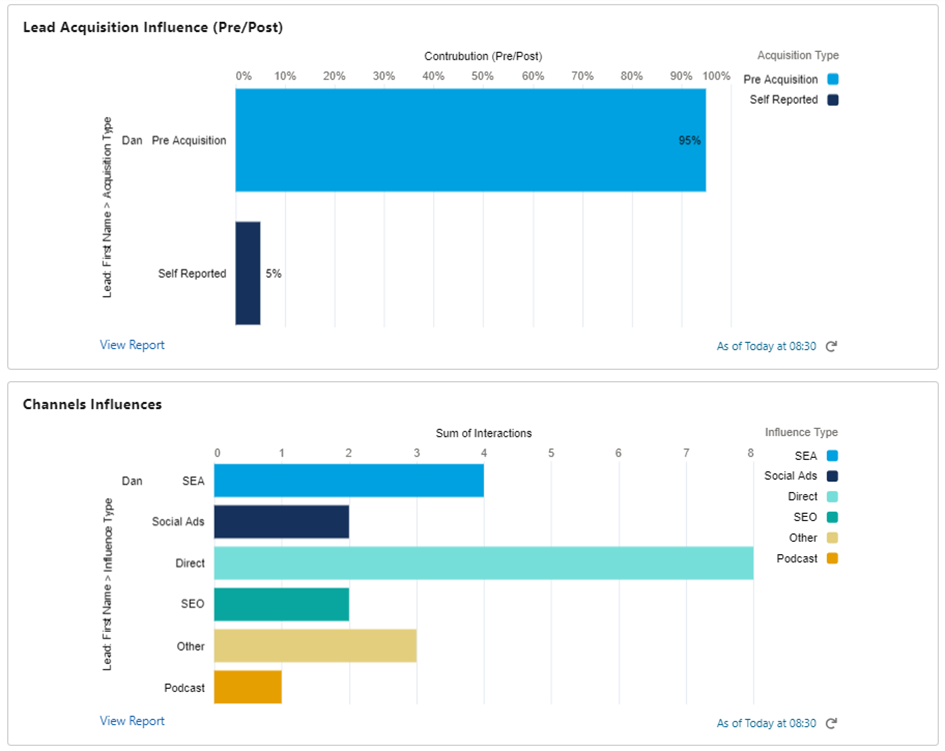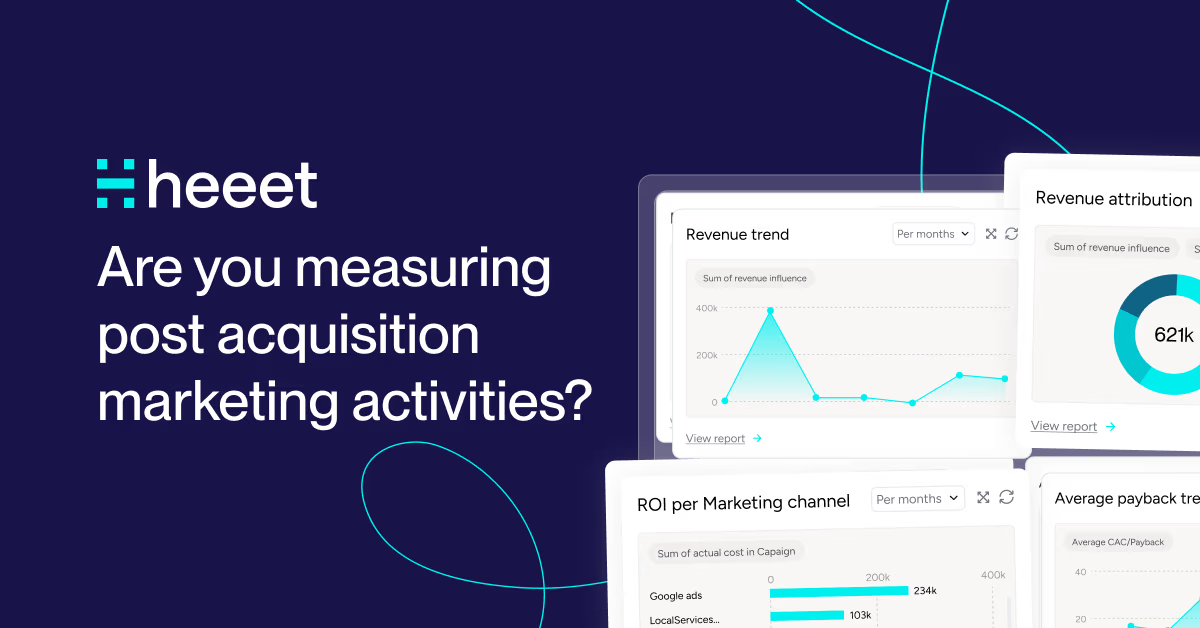Read time :
Are you measuring dark social marketing impact on acquisition and revenue?
Dark Social is quite a buzz word at the moment but what is it in reality and how it can impact your marketing strategy?


Dark Social is quite a buzz word at the moment but what is it in reality and how it can impact your marketing strategy?
Dark social Definition
By definition, “Dark social is a simple term used by marketers to describe the web traffic that comes from popular modern distribution channels when it’s difficult to accurately track. These are places where B2B buyers are highly active, but the company will not have direct visibility of the impact.” (https://everyonesocial.com/blog/what-is-dark-social/)
Here are some examples of “dark social” activities:
- Someone talks about your product to someone else,
- Someone saw your product review on a review/comparison website,
- Someone shares/comments a Linkedin post of your company or one of your employee
- Someone heard your CEO during a podcast
- Someone saw you on stage during an event
We could also extend “dark social” activities to your inbound sales team sending connection requests to people on Linkedin.
How To Measure Dark Social
There are many different types of dark social activities but it is usually super hard to measure them, so here are few things that could help.
- Use UTMs/Url Shortener tool when publishing company news on Social media,
- Do the same when you ask your employees to promote an article,
- Add a “How did you hear about us?” picklist on your website.
This last option is what’s called “Self Reported Attribution”, we strongly recommend you to also add a sort of sales validation in your CRM so your sales team can “validate” this self reported attribution but also give more contextual information.
When using Heeet, you can customize your attribution model to reflect “self reporting influence”.

On lead generation you’ll be able to see how self reported attribution is counting against other digital interactions.

While on revenue, you’ll be able to see Self Reported influence based on your attribution settings.
.png)
Read our next article "Are we measuring “post acquisition” marketing activities?" or book a demo to see how Heeet can help with Self Reported Attribution
.svg)
Ready to track prospects from lead to close with Heeet?
Heeet gives marketers and sales professionals at IT & Security firms turn geuss work intro informed decisions that drive revenue while meeting the same secruity technical standards you provide your clients.






